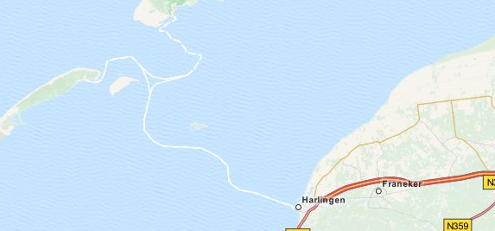
A price war between two competing ferry companies servicing the Dutch Wadden island of Terschelling is threatening to isolate the island of Vlieland as well.
Rederij Doeksen is the official ferry company that connects both islands with the mainland. In 2008 islanders of Terschelling, dissatisfied with Doeksen’s service, decided to start their own ferry company, Eigen Veerdienst Terschelling (EVT), which literally means Own Ferry Service Terschelling.
The Dutch government granted Doeksen a monopoly in 2011 (which was to enter into force in 2012) provided that Doeksen would guarantee a service throughout the year and not just in the summer, when tourists flock to the islands. EVT brought a case before the Dutch Trade and Industry Appeals Tribunal fighting the concession and in the meantime it charged 5 euro for a ticket to Terschelling whereas Doeksen originally charged 25 euro. Doeksen has lowered its rates to 4 euro, but now threatens to cut trips to Vlieland from three times a day to twice a day.
Vlieland’s inhabitants are not happy. Mayor Else Schadd (Labour) told Volkskrant on 15 July: “This is unacceptable. In the future if you want to go to the dentist, you will need to take the entire day off. Islanders who work on the mainland won’t get to their office before ten in the morning. And day trippers who want to visit us in the off-season will have to return home at five o’ clock.”
EVT’s case hinges around whether the Wadden Sea is a real sea or merely a whole lot of water, Veerbootinfo writes. In case of the former European law apparently gives EVT some breathing space.
(Map of the Wadden Sea by OpenStreetMap contributors, some rights reserved. Vlieland and Terschelling are in the top left corner, Vlieland is on the left. The white lines show the ferry routes)

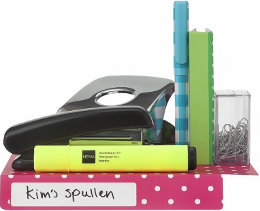 The
The 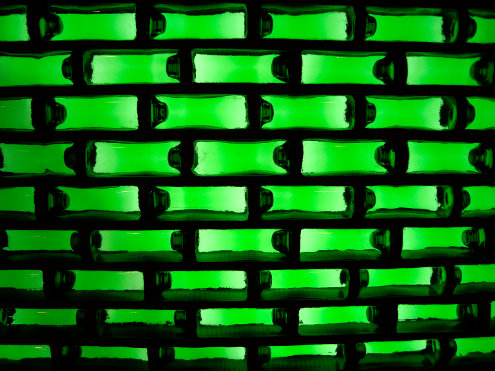
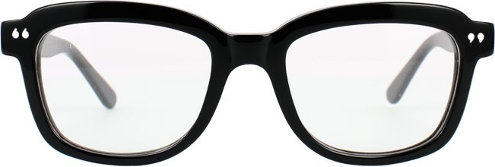
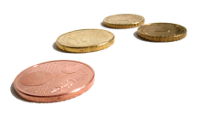 One in three Dutch companies wants to break up with its bank, but only one in six thinks this is possible,
One in three Dutch companies wants to break up with its bank, but only one in six thinks this is possible, 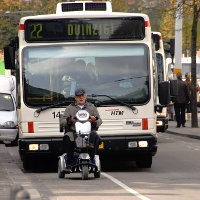 A study commissioned by the Ministry of Infrastructure and the Environment revealed that accidents with mobility scooters involve tipping in 70% of cases.
A study commissioned by the Ministry of Infrastructure and the Environment revealed that accidents with mobility scooters involve tipping in 70% of cases. The oldest man in the Netherlands, Mr Serob Mirzoyan of Amersfoort, turned 107 last Monday.
The oldest man in the Netherlands, Mr Serob Mirzoyan of Amersfoort, turned 107 last Monday. 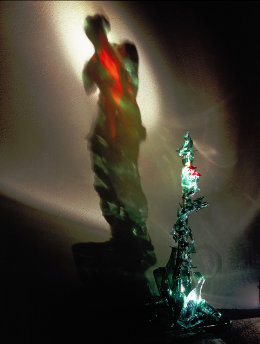 Diet Wiegman (b. 1944) is an artist from Schiedam who creates sculptures that acquire an extra layer of meaning when light is cast upon them.
Diet Wiegman (b. 1944) is an artist from Schiedam who creates sculptures that acquire an extra layer of meaning when light is cast upon them.  Sergeant Fred Stork is a beat cop in Eindhoven and is also on Twitter. He thought it would be fun to sew his Twitter handle, @brigadierSTRYPi onto his uniform, but
Sergeant Fred Stork is a beat cop in Eindhoven and is also on Twitter. He thought it would be fun to sew his Twitter handle, @brigadierSTRYPi onto his uniform, but 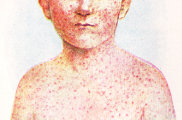 In the past weeks 230 people in the Netherlands have been infected with measles,
In the past weeks 230 people in the Netherlands have been infected with measles,